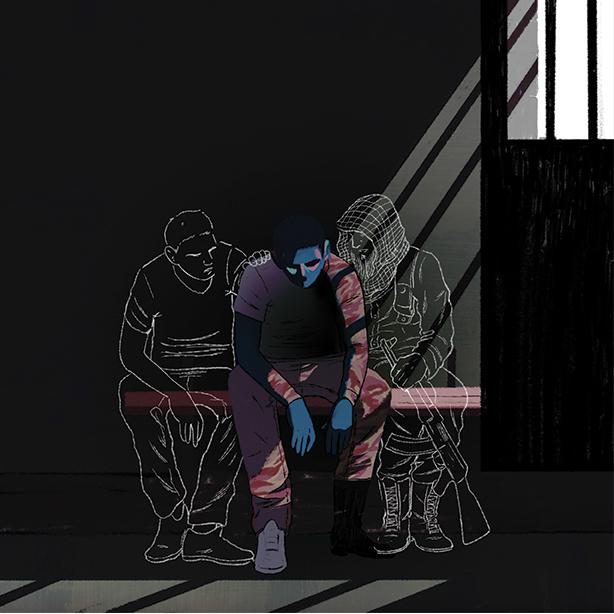
Advertisement
Over the last century different governments have made successive attempts to deal with the problem. One tactic has been to segregate extremists from other "vulnerable" prisoners. But that risks simply reconstituting the groups you are trying to break up behind bars and reinforcing their cohesion. Abu Bakr al-Baghdadi, the leader of the Islamic State, built most of the contacts that would allow him to go on to create the organization he now leads while incarcerated in a US-run prison camp in Iraq in 2004. Ayman al-Zawahiri, the current head of al-Qaeda, was held in an Egyptian prison for his membership of networks that had been behind the 1981 assassination of President Anwar Sadat. There is famous footage of him haranguing the court from a cage full of other like-minded militants. Many went on to play key roles in the various extremist campaigns that followed.Read: America Incarcerated, VICE's series about mass incarceration
Advertisement
The truth is that almost no one "self-radicalizes," any more than any teenager "self-interests" in narcotics, a particular music scene, or an extreme sport that involves significant physical risk. The psychological barriers to participation in acts of violence are higher than for most activities, but the basic mechanics of how people become involved in them are the same. Terrorism is a social activity, albeit an immoral and abhorrent one, and no one becomes a terrorist on their own. There is no access to radical websites in prison, but in almost all the above cited cases individuals ended a jail sentence more committed to violent ideologies than before. What's most important in the making of a terrorist is not some kind of character deficiency, nor psychopathic or sadistic tendencies, but something much more banal: who you spend time with and what they say and do. And if this is true in prisons, it is also true outside of them, too.This is why it's important to realize that so-called lone wolves do not really exist. Of the five militants mentioned at the top of this article, only two acted alone, and one of these—the Frenchman Mohammed Merah—was connected to a militant faction in Pakistan. They were all part of networks, and were acting in the belief that they were part of a much broader community of militants. Trying to tackle extremism inside is necessary, but will only be possible if extremism outside is tackled, too.Read on VICE News: Here's How France Plans to Curtail Islamic Radicalization Within Its Prisons